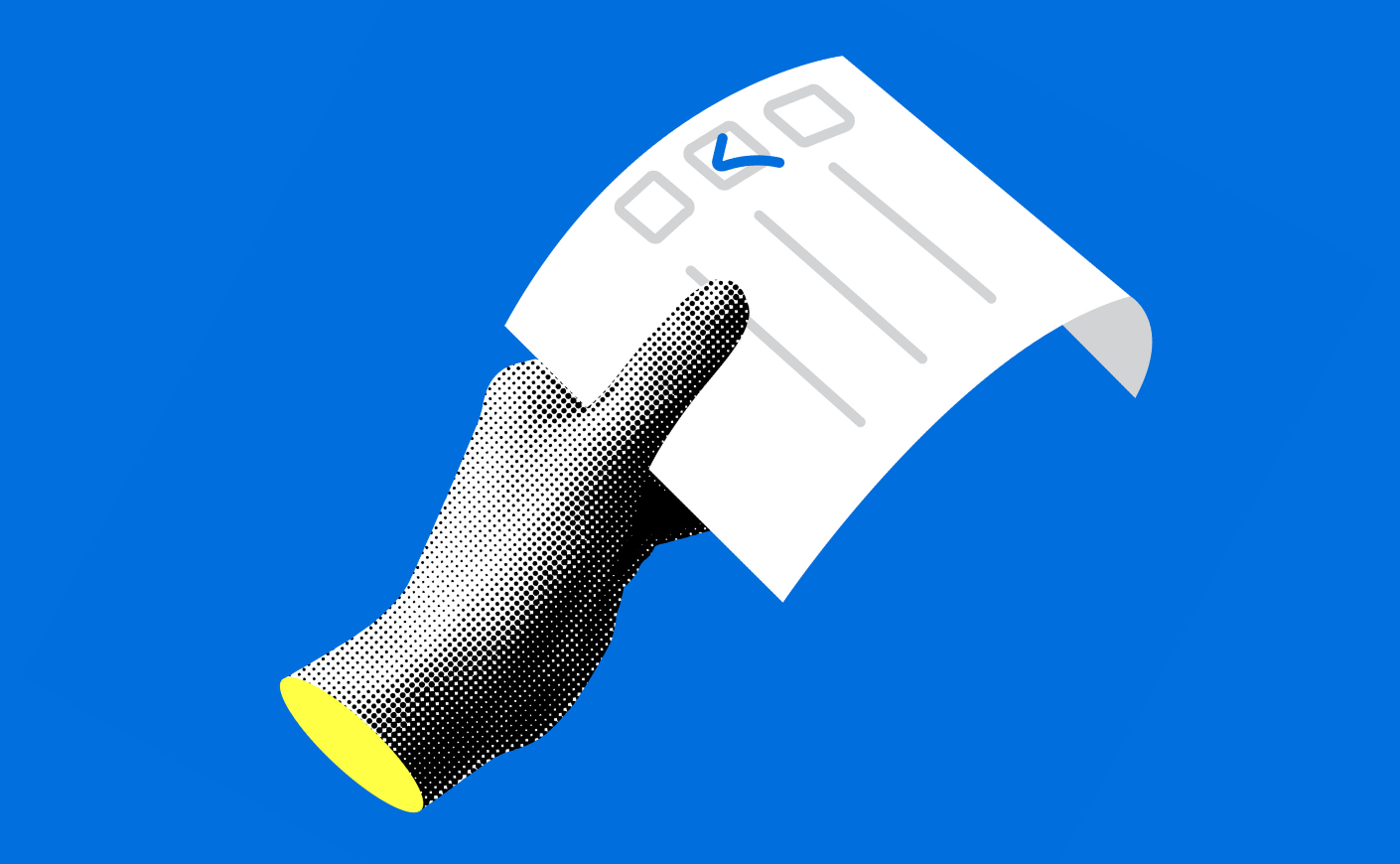Recent polls have shown Vice President Kamala Harris gaining momentum in the presidential race as Democratic voters rally around their new nominee. One USA TODAY/Suffolk survey even found her edging out Donald Trump, 48 percent to 43 percent. But just how accurate is this portrait of public opinion?
If 2016 and 2020 taught us anything, it's that polling can be off, especially when Trump is on the ballot. But a new report from the nonpartisan Pew Research Center offers a look at the process of gauging Americans’ political preferences and the changes pollsters have made in response to the problems exposed in recent elections.
Here are some biggest takeaways from Pew’s findings, plus what you can expect as we head into November.
How accurate are election polls now?
Despite massive errors in the last two elections, the 2022 midterms saw generally accurate polling, despite predictions of a “red wave” for Republicans. Some point out that this narrative was largely driven by the media, and not necessarily the polls at the time.
In fact, the polling site FiveThirtyEight (now known as ABC’s 538) found that “polls were more accurate in 2022 than in any cycle since at least 1998, with almost no bias toward either party.”
Given this promising finding, Pew adds that if Americans "focus on polling in the most recent national election, there’s plenty of reason to be encouraged” when it comes to current predictions.
How are election polls being conducted?
Polling has undergone a major overhaul over the last eight years. Pew estimates that 61 percent of pollsters took a different tack to sample voters in 2022 than in 2016. One major change has been the shift from conducting questionnaires primarily by telephone to online surveys or some combination of the two. This comes as landlines continue to die out — only a quarter of Americans still have them in their homes.
Pollsters are also finding new ways to reach voters. An increasing number of organizations are using texting alongside the previous methodologies. However, these messages can vary — some respondents may receive a message with a web link for an online survey, while others answer the questions via text. So, not only has polling become more diverse, but it has also become more in line with the way we communicate in the 21st century.
In addition to updating polling methods, public opinion researchers are also changing how they go about weighting polls, or ensuring that the survey sample aligns with the broader population. Since some groups of voters — such as older adults and college graduates – tend to be more likely to take surveys in the first place, more and more research groups, like Pew, are using at least a dozen variables, such as education and party affiliation, as opposed to just age, gender, and race.
Why is polling so difficult to predict?
Pollsters are essentially trying to predict voters’ future behavior, which is anything but a given. Despite the media attention surrounding this year's race, Pew estimates that almost a third of Americans don’t vote in presidential elections.
Trump has also made polling difficult to predict. “Compared with other elections in the past 20 years, polls have been less accurate when Donald Trump is on the ballot,” Pew states.
In fact, polls taken before the 2016 and 2020 elections, when the former president was up for election, “suffered from large errors” compared to the lead-up to the 2018 and 2022 midterms. There are two main theories behind this trend: Trump is popular among those who tend to sit midterms out, and most pollsters use past turnout when trying to make predictions about future elections.
There’s also a phenomenon known as “shy Trump voters.” Though there’s some debate over how much these Republicans threw off past polling, conservatives have become a little less likely than Democrats to participate in polls at all. As a result, polling errors have favored Democrats in recent years due to “the growth of political polarization, along with declining trust among conservatives in news organizations and other institutions that conduct polls.”
But at the end of the day, polls can’t ultimately predict who will win the presidency. As we saw with Hillary Clinton in 2016, a candidate can win the national popular vote yet fall short of the 270 Electoral College votes needed to secure the White House. What's more, Republican candidates have been favored to win in close elections in recent years, even when they lose the popular vote, since every state (no matter how small its population is) gets at least three electoral votes. So what’s the point of them?
Aside from all the hand-wringing among campaign staffers who study these numbers diligently, Pew notes that in an ideal world, polling represents “the opinions of all Americans, regardless of whether they live in a battleground state like Pennsylvania, a reliably red state like Idaho, or a reliably blue state like Rhode Island.”









